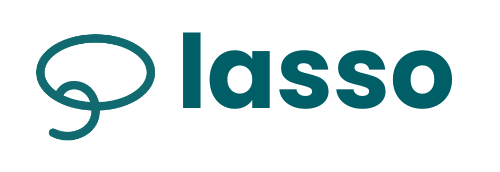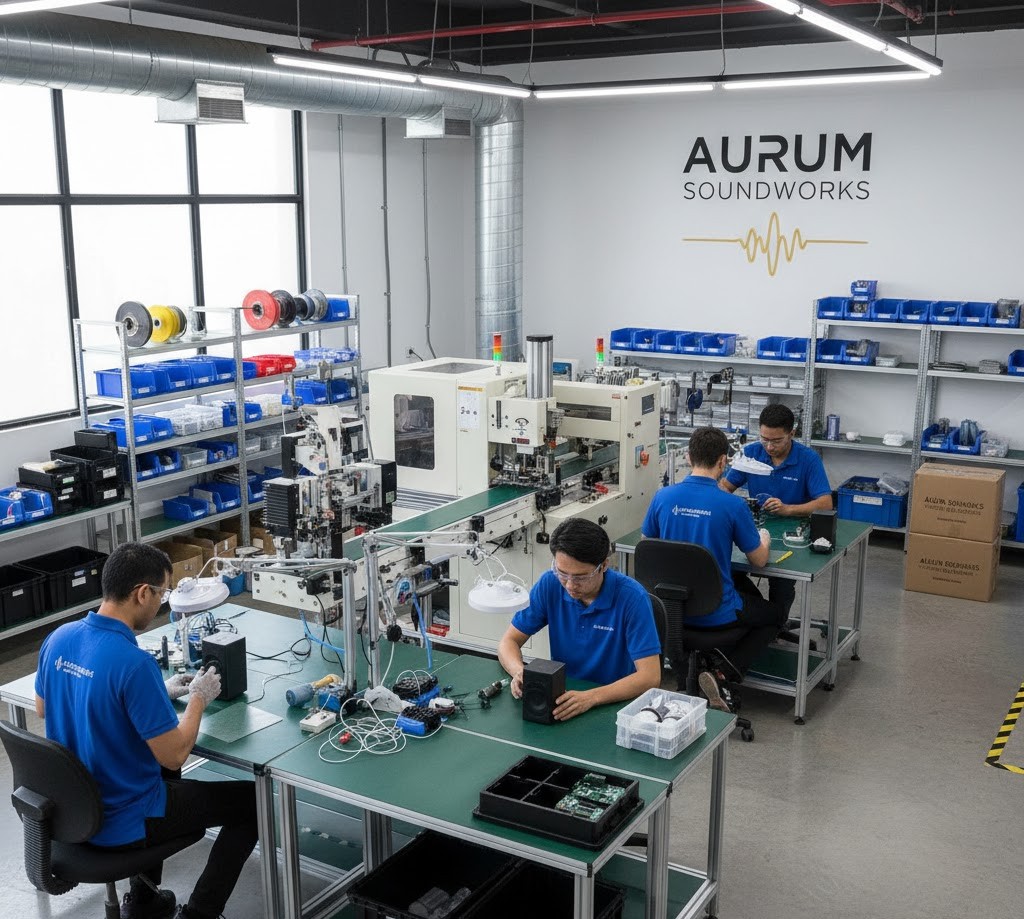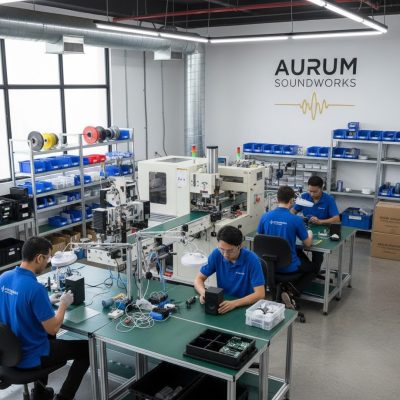In the fast-paced world of consumer electronics, where innovation cycles are measured in months and supply chains span the globe, strategic sourcing has emerged as a cornerstone for success. This approach goes beyond traditional procurement by focusing on long-term supplier relationships, cost optimization, and risk mitigation to drive competitive advantage. For manufacturing firms producing smartphones, laptops, wearables, and other gadgets, applying strategic sourcing can mean the difference between leading the market or falling behind due to disruptions like component shortages or escalating costs.
Understanding Strategic Sourcing
Strategic sourcing is a proactive, systematic process for acquiring goods and services that aligns with a company’s overall business objectives. Unlike tactical buying, which focuses on immediate needs, strategic sourcing involves analyzing spend data, evaluating suppliers, and negotiating contracts to achieve sustainable value. In the electronics industry, this often prioritizes factors like supplier quality, regulatory compliance, and intellectual property protection alongside cost savings.
The consumer electronics sector is particularly suited to this method due to its complex supply chains. Components such as semiconductors, displays, and batteries are sourced from specialized global suppliers, making effective sourcing critical for maintaining production timelines and product quality.
Challenges in the Consumer Electronics Supply Chain
The electronics manufacturing landscape is fraught with unique hurdles. Rapid technological advancements demand constant innovation, while geopolitical tensions, such as trade tariffs or supply disruptions from regions like Asia, can inflate costs or halt production. Additionally, the industry faces issues like component obsolescence, counterfeit parts, and sustainability pressures, including e-waste management and ethical sourcing of rare earth materials.
Global sourcing offers benefits like access to diverse technologies and competitive pricing, but it also introduces risks such as longer lead times and currency fluctuations. For instance, the COVID-19 pandemic highlighted vulnerabilities, with many firms experiencing delays in semiconductor supplies, underscoring the need for resilient sourcing strategies.
Steps to Implement Strategic Sourcing
Implementing strategic sourcing in consumer electronics follows a structured process, typically involving seven key steps:
Profiling: Assess internal spend categories and identify key components like chips or raw materials.
Supply Market Analysis: Research market trends, potential suppliers, and pricing dynamics.
Develop Strategy: Create a sourcing plan that balances cost, quality, and risk.
Select Sourcing Process: Decide on methods like RFPs (Request for Proposals) or auctions.
Negotiate and Select Suppliers: Evaluate bids and form partnerships based on total value.
Integration: Onboard suppliers and integrate them into operations.
Check Placement and Results: Monitor performance and continuously improve.
This multi-phase approach ensures alignment with business goals, such as speeding up time-to-market or enhancing supply chain resilience. Tools like digital procurement platforms can streamline this, offering real-time data for better decision-making.
Key Benefits for Electronics Manufacturers
Adopting strategic sourcing yields numerous advantages:
Cost Savings: By optimizing supplier selection and negotiating better terms, firms can reduce procurement costs significantly—often by 10-20%.
Risk Reduction: Diversifying suppliers minimizes disruptions, as seen in strategies that incorporate nearshoring to North America for greater ecosystem resilience.
Improved Quality and Innovation: Strong supplier relationships foster collaboration on new technologies, enhancing product development.
Shorter Timelines: Streamlined processes accelerate procurement cycles, enabling faster product launches.
Sustainability: Emphasizing ethical sourcing supports ESG (Environmental, Social, Governance) goals, appealing to conscious consumers.
Overall, it transforms procurement from a cost center to a strategic driver of growth.
Real-World Case Studies
Several companies have successfully applied strategic sourcing. A global consumer electronics manufacturer partnered with consultants to revolutionize indirect procurement, achieving $55 million in annualized savings through multi-wave sourcing initiatives.
In another example, a machined parts supplier reduced lead times from 6-8 weeks to more consistent delivery, improving availability and quality via targeted sourcing programs. Retail giants like Best Buy have shifted procurement to a strategic function, enhancing efficiency and supplier collaborations.
These cases illustrate how strategic sourcing not only cuts costs but also builds agile, innovative supply chains.
Conclusion
For consumer electronics manufacturing firms, strategic sourcing is essential in navigating a volatile industry. By adopting this approach, companies can secure reliable supplies, foster innovation, and achieve long-term sustainability. As the sector evolves with trends like AI integration and green manufacturing, those who master strategic sourcing will undoubtedly gain a competitive edge. Start by auditing your current procurement practices and building cross-functional teams to unlock these benefits today.
Get the White Paper: Streamlining Procurement Processes for SMB Manufacturers
Get instant access to our white paper on Must-Know Procurement Tips for SMB Manufacturers by filling out the form below.
Get in Touch
Learn more about Lasso supply chain solutions for SMB manufacturers
Please complete the form and we will be in touch as soon as possible.







